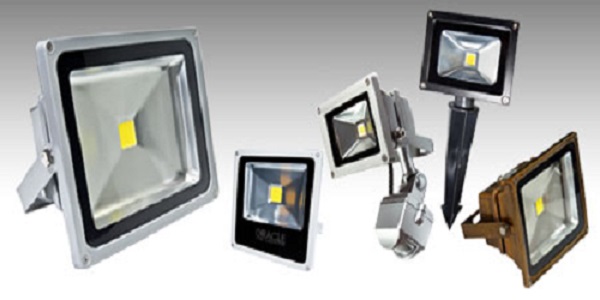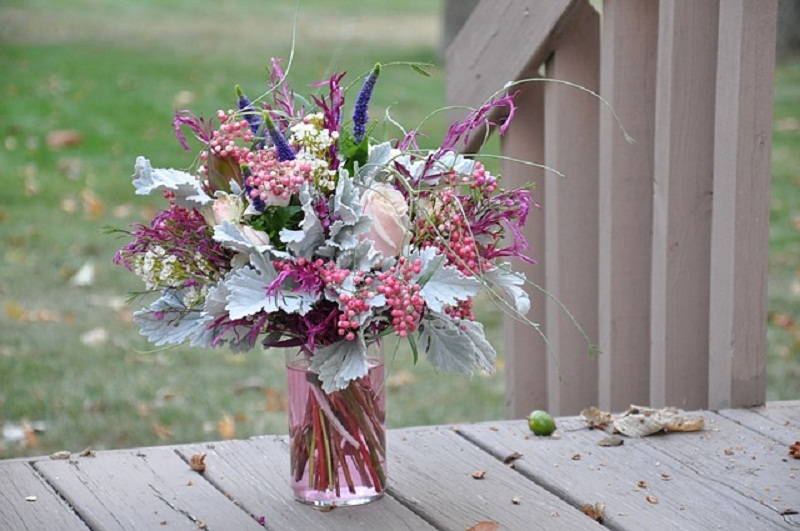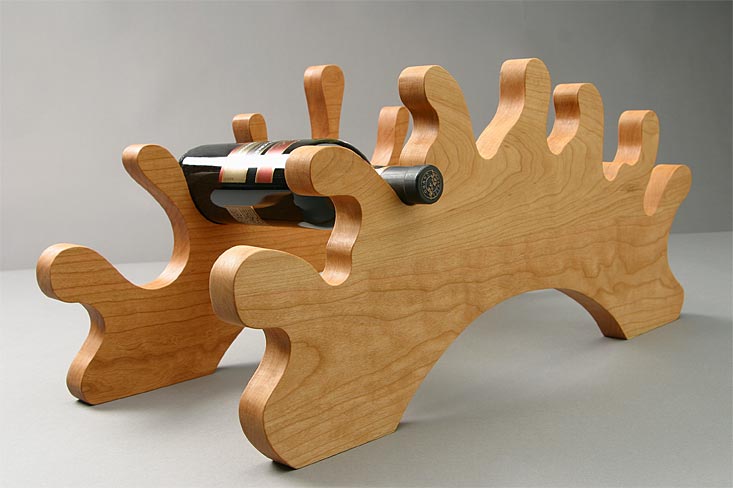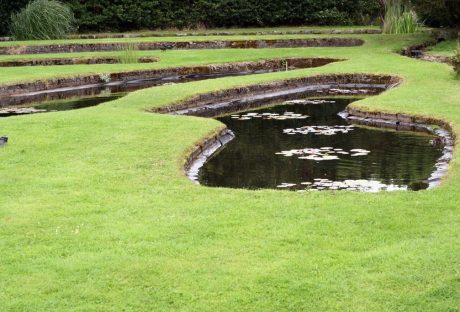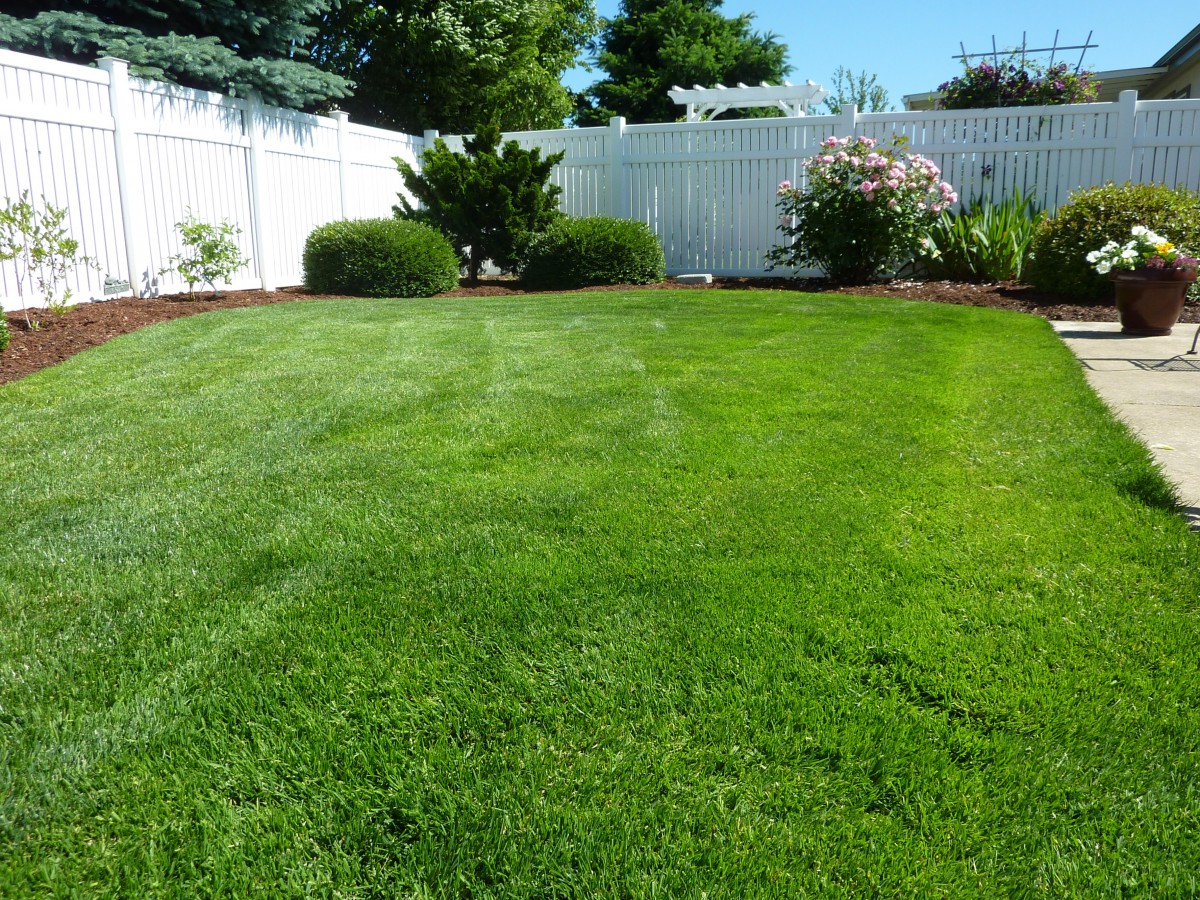“This blog shares some basic options available for LED lighting a house.”
What is LED?
The term LED refers to “Light-emitting diodes”.
When these lights first made their appearance in the market, people were skeptical about their use as they emitted a bluish-white light, a bit unconventional for homes.
But things have changed now. Advancement in technology and continuous researchers have made this high-efficiency LED lights to produce, the warm yellow hue that homeowners prefer in their interior.
Read also: Secrets to the Perfect Bedroom Light
People, worldwide have now shifted from the traditional incandescent bulbs to LED lighting in spite of their high initial cost, because of their efficiency. This high efficiency LED home lighting, ensures lower power bills, better quality of lighting and last much longer than a normal lamp.
The other feature of these lamps is their versatility, which has made people switch from traditional bulbs to LED lighting. These lamps offer a varied range in lighting- from soft, cool lights to warm and crisp ones. They come in a wide range of designs and lets you play with the interior lighting scheme. Some of the variety in which LED lights are available for home décor are:
Tape, Ropes, Smart Bulbs, Pucks, Panels, and more.
Here is a quick rundown of the basic options that you get with High-Efficiency LED Home Lightings inside your home:
LED Tape Lighting
A flexible lighting option that can be used in two shades to create a light and shadow ambiance in a room, preferably bathrooms and kitchens. Use the usual “white” LED tape above the kitchen cabinets for a bright glow and stick “soft and warm” LED tape under the cabinets for warm illumination.
LED tape light is a flexible tape of circuit boards with LED chips come with a self- adhesive back for easy installation anywhere. The tape can be cut according to preferred size. The chips are the lights that come in a range of brightness options.
Read More: The Right Light Set-Up For Your Band
LED Panel Lights
The LED Panels are multiple of LED light chips, enclosed within a metal channel covered by a transparent acrylic case. They are brighter than the LED tapes as more LED chips are included in one space. The Panels come in a wide range of color options and can be dimmed and brightened as preferred.
The LED Panels are of great use in bathrooms, for illuminating a bathroom vanity. Attached along the entire length of the mirror below and above, they give a soft, dramatic look. These panels are ideal for bathroom use as they are protected additionally by the acrylic case.
LED Smart Bulbs
The latest technology has brought LED Smart Bulbs in the market. The “smartness” factor in these bulbs comes from their management through smartphones, and other similar gadgets or the Wi-Fi network of a home. They allow the use of a wide spectrum of colors in lighting and also the control of the light warmth. Use LED Smart Bulbs with Industrial Steampunk Pipe Light fixtures and change the look of your home.
Ideal for a kitchen with a modern, minimalist look. Create a dramatic atmosphere by using these Industrial Steampunk Pipe Light Fixtures above the kitchen island to brighten up space and highlight it as well. You can also use this light fixture to lighten up the kitchen working space. Other than a kitchen, Industrial Steampunk Pipe Light Fixtures with LED Smart bulbs can also be used in studies as well as the poolside with appropriate interior planning.
LED Puck Lighting
LED lights create a pool of light in an area and let off less heat than Xenon puck lights. They are ideal for illuminating inside the cabinets and small corner spaces. The discs are ideal for creating a drama with light and shadow as the areas that fall outside the light focus, are left in the dark. You can get LED Puck lights in individual units or in kits as well.
LED Ropes
Ideal for outdoor lighting of a home, for patios, poolside, walkways LED Ropes to offer a soft bluish light. These are actually LED chips encased in a round plastic tube. The durability of the plastic and its waterproof nature makes LED Rope a better option of outdoor lighting.
Read More:













